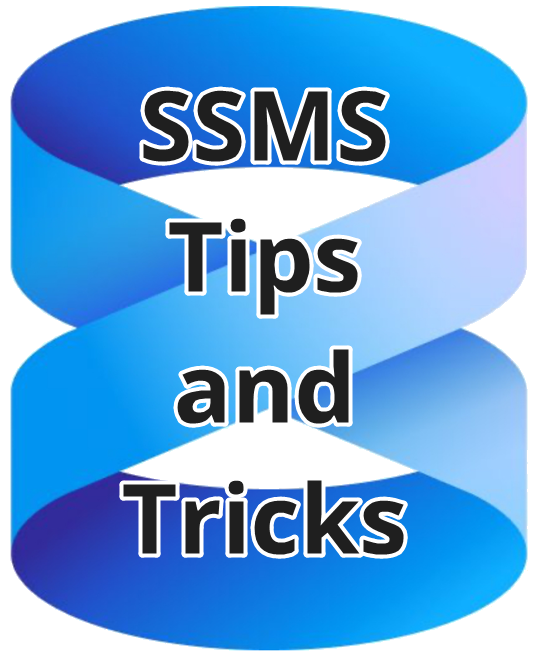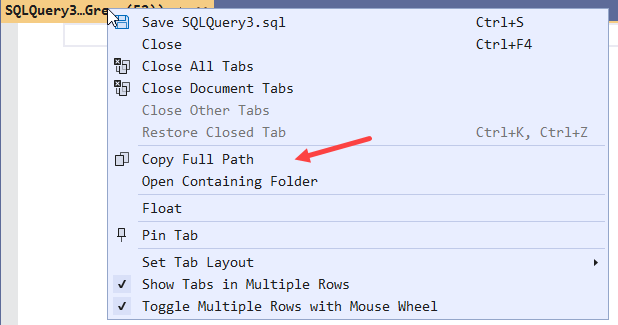
SSMS Tips and Tricks 7-7: Using script projects and solutions
I’m puzzled that so few people use script projects and solutions when working with SSMS.
They are easy to use. Let’s see an example:
Instead of just starting to create scripts, from the File menu, click New, then Project. You are greeted with the new Project dialog which also allows you to create a solution.

I’ve selected SQL Server Scripts as the project template and Next:

To get to the point faster, here’s one that I created earlier:
2025-09-26




